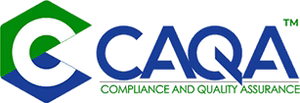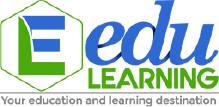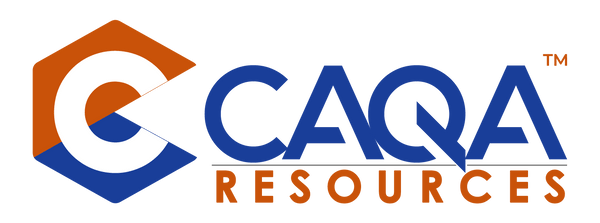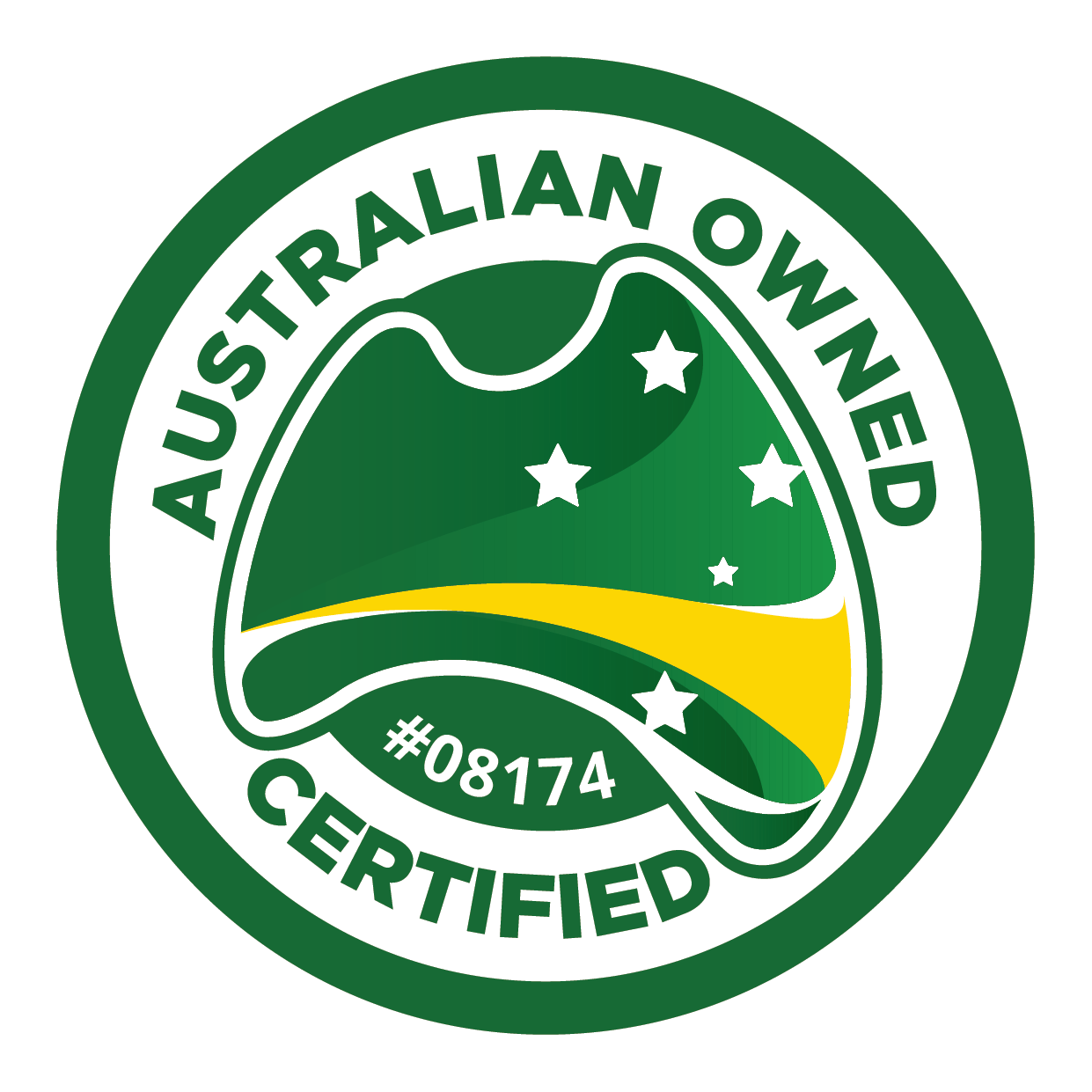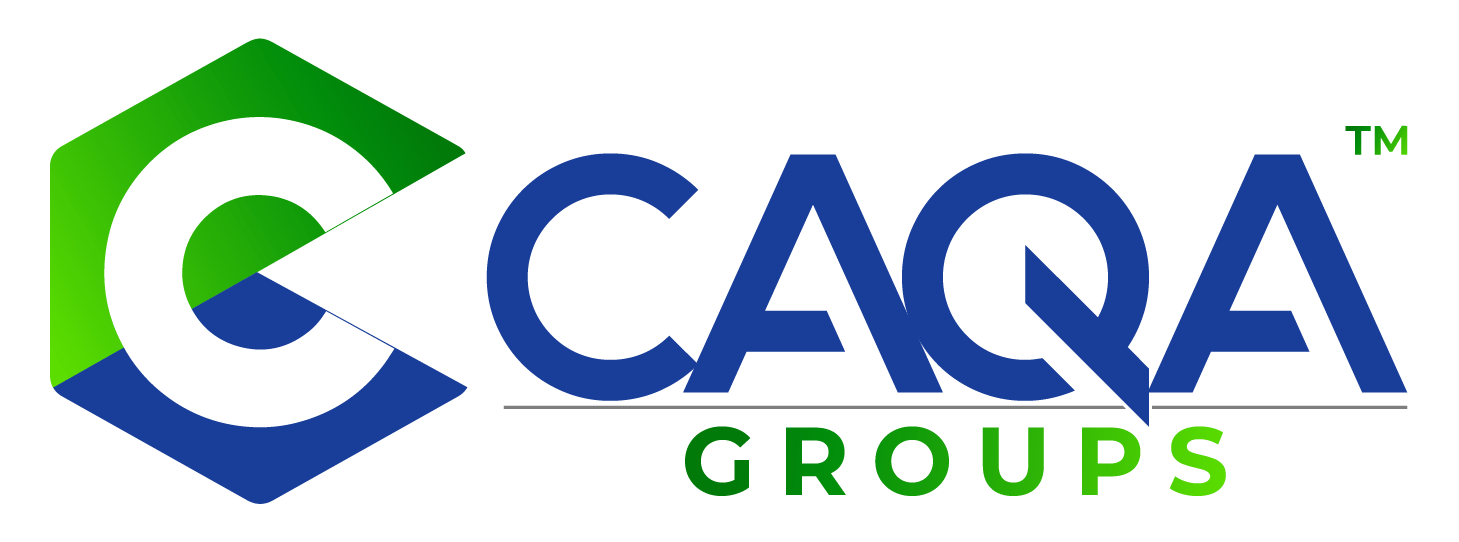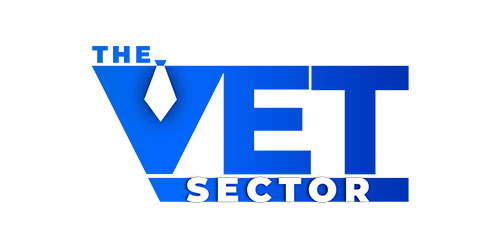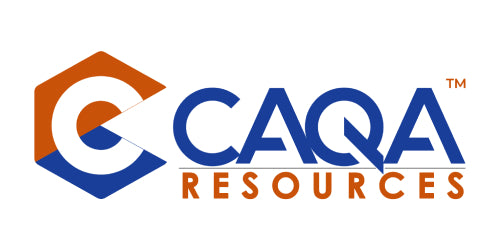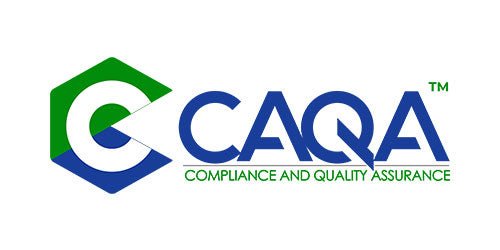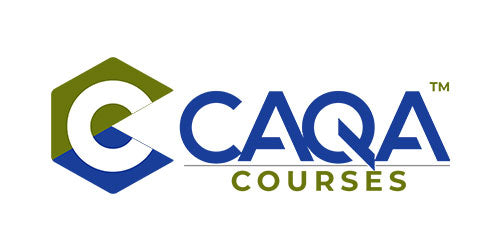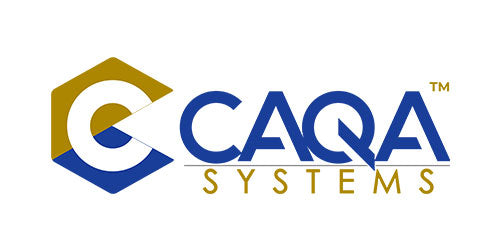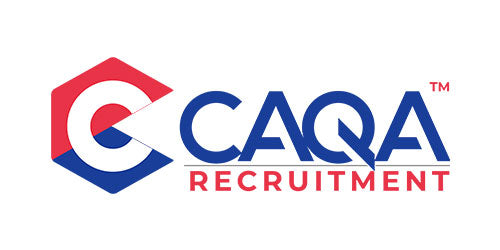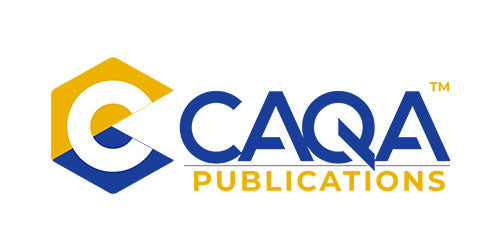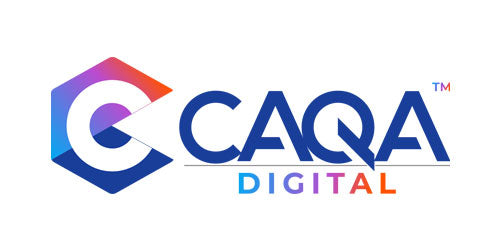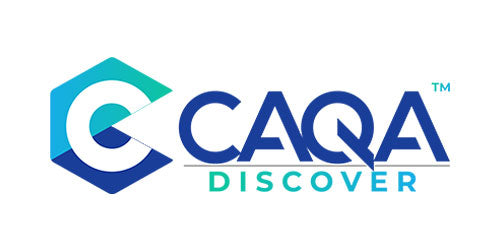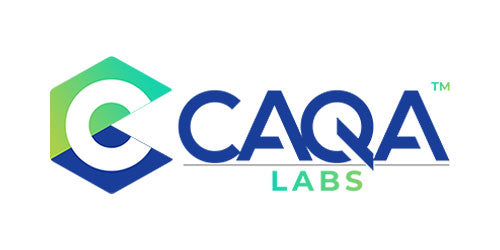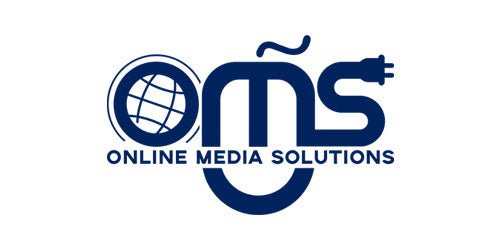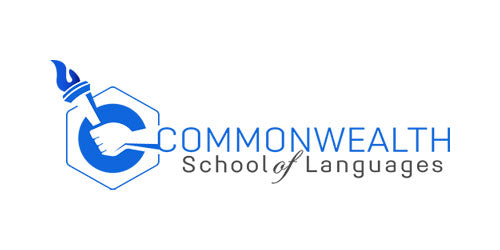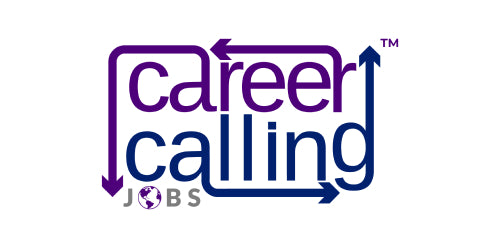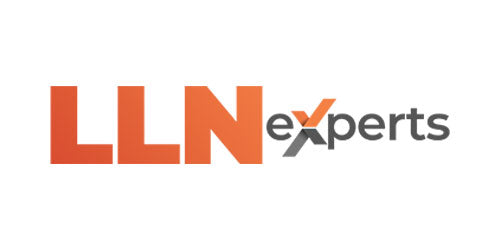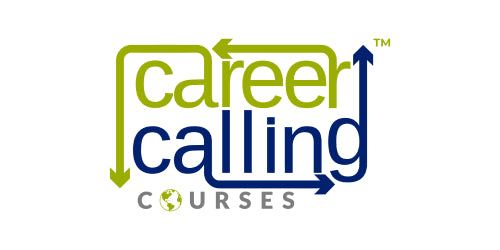
Our resource development process starts with engaging the highly qualified and experienced instructional designers to write all our training and assessment materials.
- We work with some of the most talented instructional designers in the industry. All our resources are developed by highly qualified and experienced instructional designers in consultation with subject matter experts. This allows us to maintain a high level of quality control, and ensures that all resources are up-to-date with the latest curriculum changes.
We take pre-validation of all training and assessment resources quite seriously!
- Our compliance specialists, who have more than 20 years of expertise validating assessment and learner materials, perform preliminary validation on the training and assessment resources before they are made available to our clients.
- Then, each resource is formatted and template according to our latest style guide.
- After the resources have been formatted and template, there is a last check for quality and compliance that is performed by our compliance experts.
- The materials are then uploaded to our website, registered in our copyright register, and provided to our clients.
Flipped classrooms, virtual reality, and augmented reality (please contact us for information)
Flipped classrooms, virtual reality, and augmented reality are just some of the innovative educational technologies that we can help you implement with the help of our extensive network of reliable partners and sister companies. These technologies can be employed to develop an engaging, immersive and effective learning environment.
Leveraging the most recent technological advancements can be beneficial in many ways when it comes to the process of developing resources for training and assessment. Learners are able to access the material at their own pace and when it’s convenient for them thanks to flipped classroom models, for example. This can be especially helpful for people who have hectic schedules or who need to learn in a manner that is more adaptable to their needs. The immersive learning experiences that can be provided by virtual reality (VR) and augmented reality (AR) can also simplify difficult concepts and make them simpler to grasp. Therefore, if you are looking for ways to create training and assessment resources that are more engaging to participants and more effective, don’t forget to take a look at CAQA Resources.



